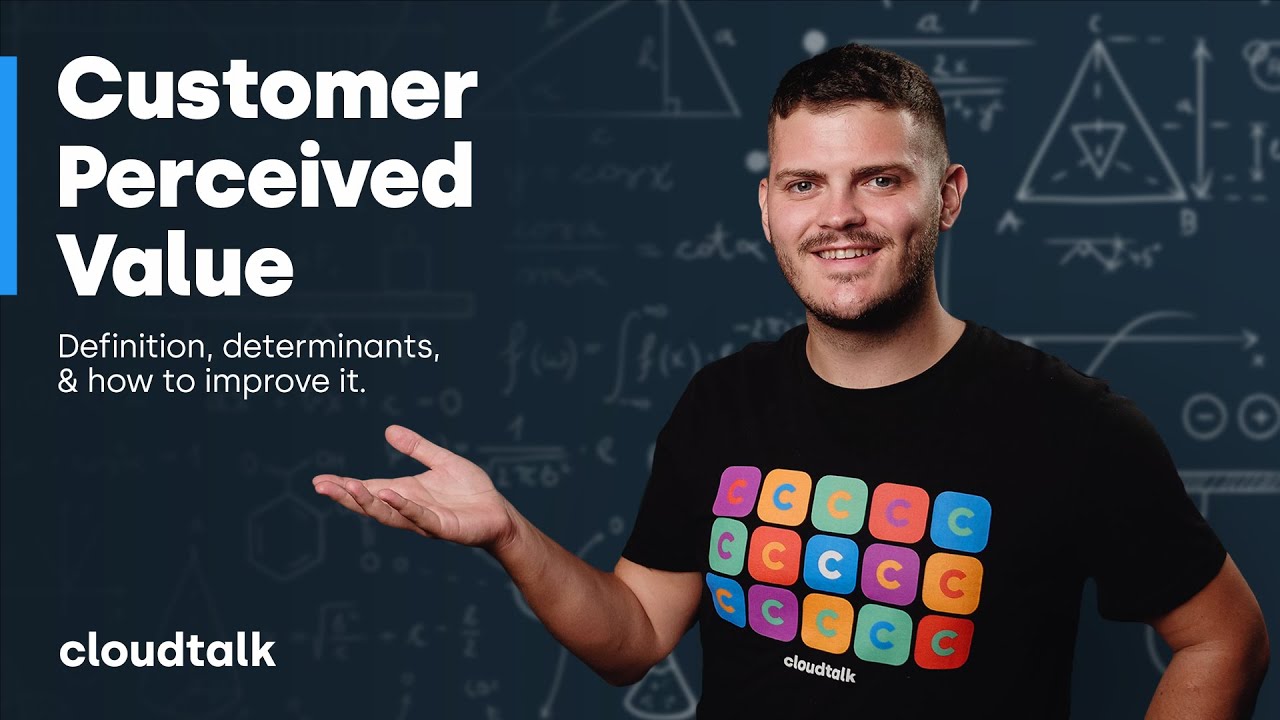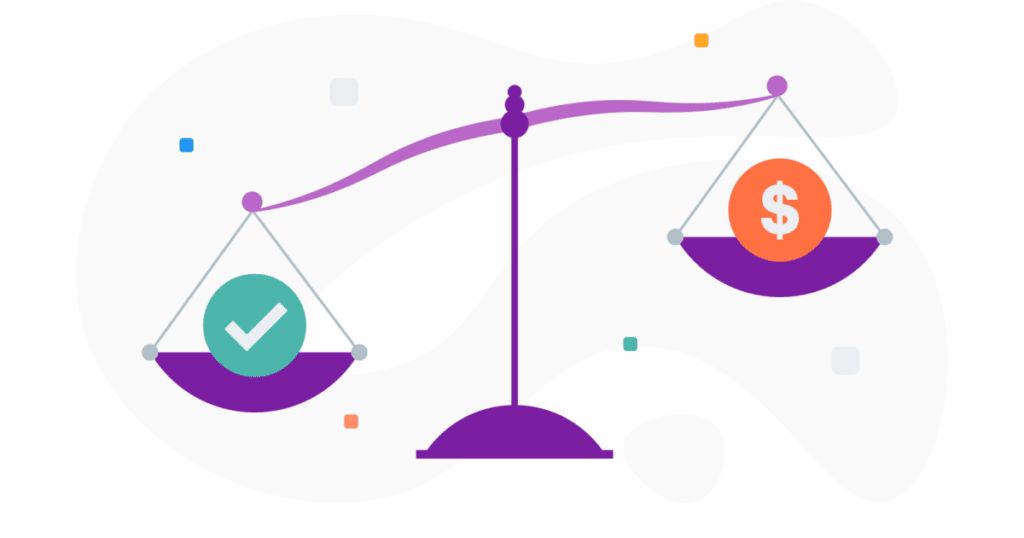
The perception of value is as important as the value itself. That is why CPV is the core of any business. Reasons why a customer decides to purchase your item differ – from rational pursuits to those highly emotional.
Yet, motivating your customer to see these reasons is fully up to you. There are lots of ways to do it. Find out how to master a customer’s perceived value with a maximum profit.
What is the customer’s perceived value?
CPV is a merit of what customers and prospects think of your product or service and how much they are willing to pay for it. In other words, to what extent your product meets the customer’s criteria compared to its costs = perceived benefit minus price paid.
Maintaining the balance between price and value, making the product stand out from the competition, and in the end, iInfluencing the customer to purchase it – are the core challenges each business must face.
Discover which tactics works in Customer Care
You may use various methods to find out what brings value to your customers and what is the optimal cost for them. For example focus groups, surveys, and test markets.
Important point: Before we dive deeper, it is crucial to emphasize that CPV practices are not supposed to be “shady”. Persuading your audience to purchase shouldn’t be done by deceiving.
Transparency is extremely important. You simply show the true perceived benefits, proving that the purchase is a mutually beneficial deal for your business as well as for your customer.
A practical example of customer-perceived value
Let’s say that you offer a cloud-based customer support software solution, just like we do in CloudTalk. There is a company that’s seeking this kind of service. The leaders will evaluate several aspects. We can look at it from the CloudTalk experience.
You should certainly focus on features like user-friendliness and efficiency. Your lead agents shouldn’t waste a significant amount on figuring out how the system works. The company representatives want to make their call center as smooth as possible. Do you offer automatic callbacks? Does your system have the ability to call customers with a single click? These may be plus points for you. In the end, the faster, the better.
Further, there are voice features and functionality. No one would like to deal with constant drop calls, poor sound quality, or long waiting times for customers. The last aspect is especially bad news for your business. You may incorporate call forwarding to a currently available agent or a predictive dialer that allows you to increase efficiency and the number of calls by automatically dialing the next call-in line.
The next point is personalization. With features like voicemail or intelligent call routing functions, such as VIP queuing, customers will always feel special. A great feature to have is also monitoring – call statistics or agent reporting. It will keep track of general performance.
Do you fulfill this requirement? Great.
But these are not all factors the customer takes into account. Let’s say that the product satisfied all the company decision-makers’ needs. Are they ready to purchase? Not necessarily.
Beware the price: Potential customers probably did their research, including your competition’s services. And one of the most important factors they check is cost efficiency. If your product’s price is perceived as “fair to its benefits”, you might have won. Yet if the product seems significantly overpriced, customers may decide on a cheaper service, even though it has minor disadvantages compared to yours.
Yet the “lower the price wins” doesn’t always apply. Not if our decisions are driven by emotions:
If you stand out from your competition, a good solution to set your price right may be positioning yourself in the middle. Right between the price that is considered too high and the average competitor’s price. Yet don’t underprice your product since your primary goal is still to make a profit.
The wine experiment
A good example of customer-perceived value is also an experiment where subjects got two bottles of wine. One bottle cost 5 dollars and the other 45 dollars. Most people chose the expensive wine over the cheap one, not knowing that they all actually drank the same beverage.
This proves that the pleasure center in our brain is activated by purchasing something pricier. In human perception, the price often sets the value.
Main aspects that influence CPV
Now that we have a general idea of what CPV is and how it may work for you, let’s put together what are the main factors that may play a role in the customer’s decision-making process.
- Non-monetary aspects: what non-material value the product brings to the customer, in the case of our call center example, usability, efficiency, quality, or user-friendliness.
- Monetary aspects: To what extent does the product’s value correspond with the price paid? The customer evaluates whether above mentioned non-monetary aspects are worth the money.
Buyers may also take into consideration the general financial return – will the investment help to generate profit, for example, by providing exceptional customer service?
- Peer’s opinions: Nowadays, customers heavily rely on references and feedback. Reviews and ratings play a crucial role in decision-making. Make sure they are as positive and frequent as possible.
- Assumptions: This point is closely related to the previous one. It is in our nature to jump to conclusions. For example, people often assume that if someone influential recommends something, it has to be necessarily good.
- Desirability: More well-known and desired the product, the more profitable it becomes – simple as that.
It is important to remember that sometimes, there are non-influential reasons for which customers choose your competition. Such as a direct order to buy at the lowest price possible or a personal connection between the buyer and your competitor.
What is framing and how to use it
Welcome back to the pricing aspect. This part of the purchase process may be the most critical one. Your goal is for the customer to choose what gives them the highest possible value and you the maximum profit, right? A useful way to do this is framing, a concept where you present the most valuable offer in relation to other options.
The basic point of framing is to “frame” customers’ minds by showing them the price from a positive angle.
Examples of framing:
- Showing discounts with emphasis on your most profitable deal (Grammarly).
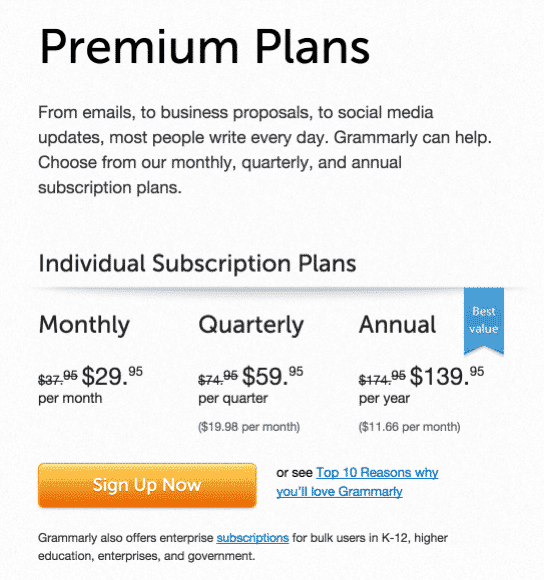
- Emphasizing how much customer saves
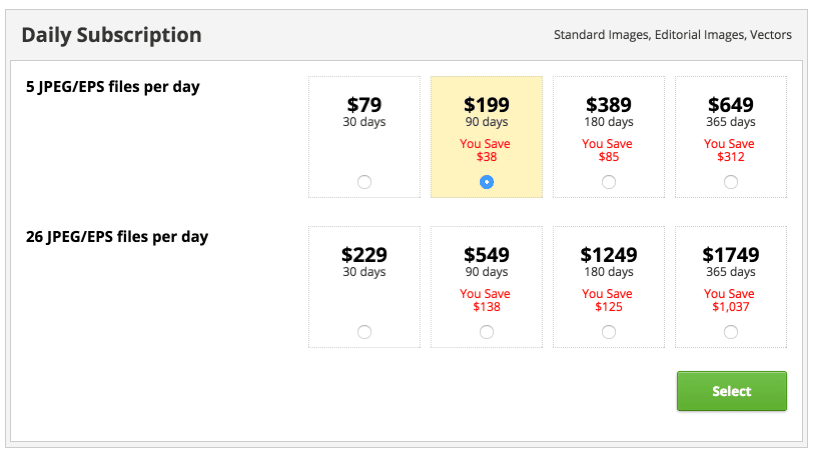
- Presenting people the price in lower units. This disrupts their thinking process, and the higher price may seem like a better deal. Here is an example:
A computer experiment
A “computer experiment” approached subjects with two computers, both identical in technical features. There was only one difference between them. One had a 23” inches screen while the other had a 27” inches screen. The smaller computer’s price was 199,99 dollars, while the bigger one’s price was 259,99 dollars. Three different study groups had three different ways of introducing the prices.
Within the first group, both prices were displayed explicitly. The second group also had both prices displayed, but next to the more expensive laptop’s price, there was a note: “Buy only for 60 dollars more”. The third group had seen only the price of the cheaper laptop, while next to the more expensive one, there was only the note “Buy only for 60 dollars more”.
The third group was the one where the most subjects (58 %) decided to buy the more expensive laptop.
- Show people the value of what they can get for a higher price. This information likely becomes customers’ main focus, and pricing becomes less of a factor in the decision-making process. Again, you may emphasize the option that is most likely to be picked.
Let’s see an example directly from CloudTalk:
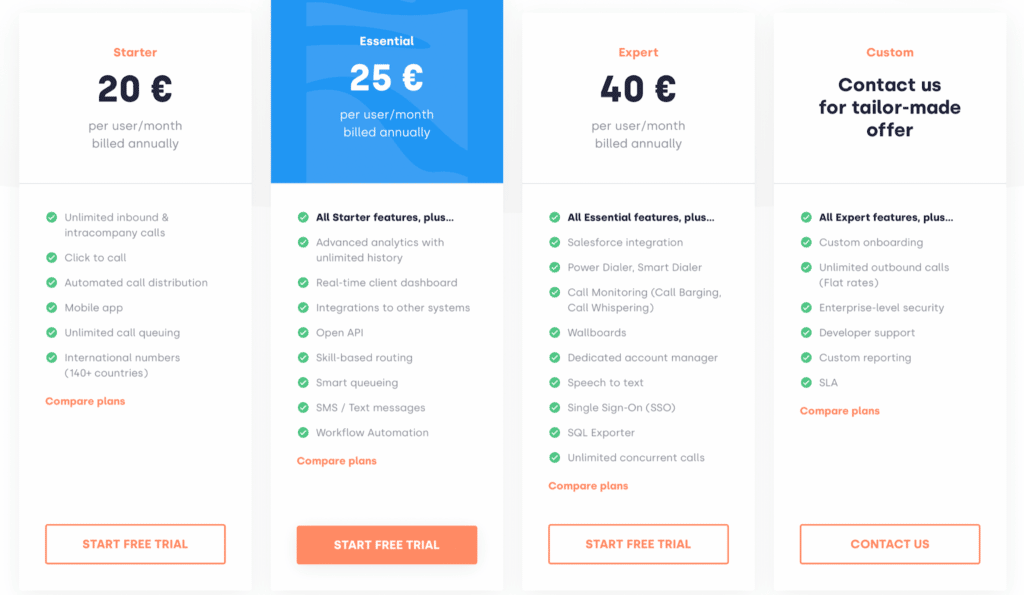
Perceived values methods
There are several methods to increase perceived value in the eyes of your customers. We will take a look at the most effective ones.
Scarcity
This tactic is one of the 6 basic principles of influence from Dr. Robert B. Cialdini, author of a book called Influence: The Psychology of Persuasion. The purpose of Scarcity is to emphasize that the product is highly desirable and not easy to obtain. It fully triggers our FOMO – fear of missing out.
In practice, this means that people have a tendency to purchase more when you place a message next to your product, stating: “Only 1 left on stock”, “a discount finishes in 1 day”, or “Your item is held in a basket for 15 minutes” etc.
Good Value
By nature, people are cooperative species. It makes us feel good when we do something good for others. But it makes us feel even better when while helping others, we gain something too. The point of the Good Value method is to connect your sales with charitable acts. You have seen it for sure: A 10 % from the price you pay will be donated to a charity or non-profit organization of some kind.
Some brands also try to support people that make their products by raising the price, disclaiming that a part of the profit goes to manufacturers. This kind of customer-perceived value, when done genuinely, is both smart and admirable.
Proof
When you are in a business for too long, or you own a business, you become a professional who perfectly understands the product. Yet, it doesn’t mean that your customers do as well. The proof method is a great perceived benefit to a consumer. People understand the best of what they experience themselves.
B2B SaaS companies often use free trials, short-term showcases of the product in action. Afterward, customers may or may not purchase the product, but the probability of profit grows.
Another good example of the Proof method for B2B SaaS businesses is case studies and success stories. Even though a customer won’t try your product directly, he or she can read about those companies for whom your solution worked and gain a better understanding of the product.
Some other businesses, for example, chocolate or coffee brands, may use “fair trade” or “eco-friendly” stamps.
Old school yet still incredibly successful strategy is also a word of mouth – direct recommendation from a satisfied customer.
Choice of words
How you talk to your audience matters. Tell them what they’ll get by purchasing your product in their language, and on the way there, turn your disadvantages into your advantages.
Selling used cars? Don’t call them used or old. Call them reliable. Are you selling second-hand clothes? Call them vintage. Find a positive in what may be pursued as a negative connotation. But don’t lie. You may trick your customers into buying, but the reviews will be true to the value they get.
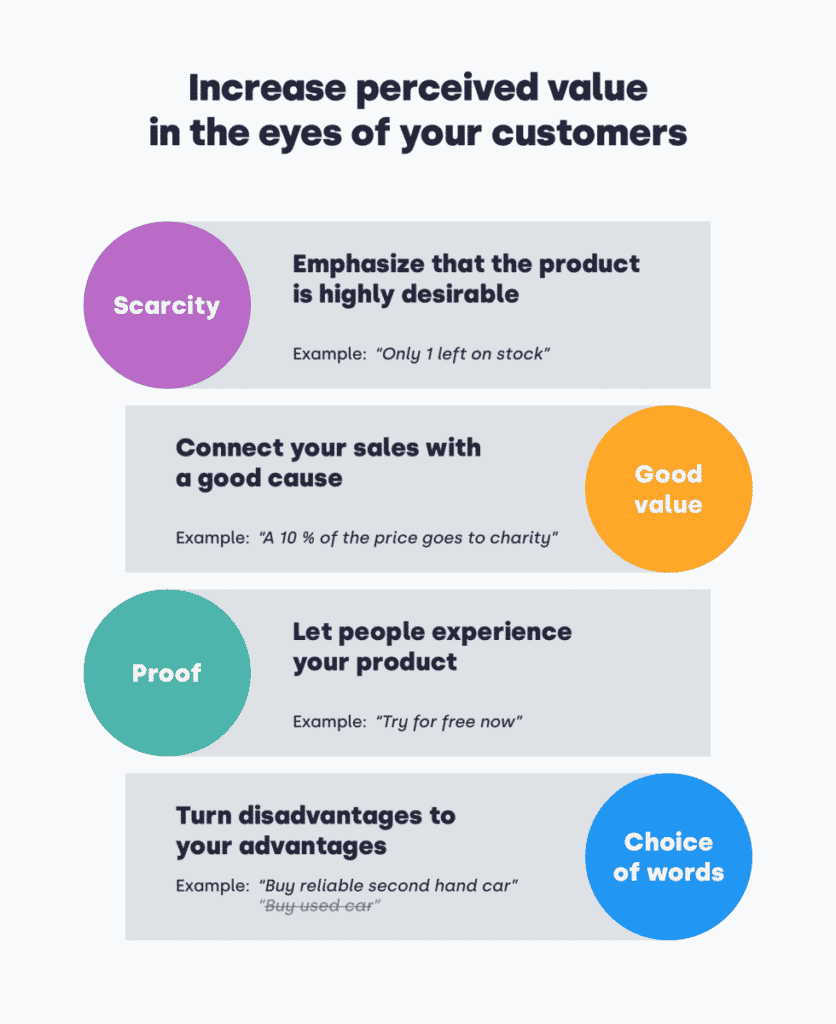
Conclusion
There is no profitable business without taking customer-perceived value into consideration. It is important to give people a truly valuable product that is adequate for its price. If you do so, there should be no reason for your customers to turn their back on you.
But how to persuade them to choose you? Re-frame their minds to your advantage. Motivate them to purchase a version of a product that is most profitable for them. For example, by communicating a higher price in lower digits, people feel more positive about their purchase.
Offer limited discounts or write descriptions of what upgraded value customers can get for just a bit more money. Donate part of your profit to the charity. Use words to your advantage, but never lie. Or simply use free trials to prove that your product is a good choice.
In CloudTalk, we also offer a free sneak-peak at our services.

